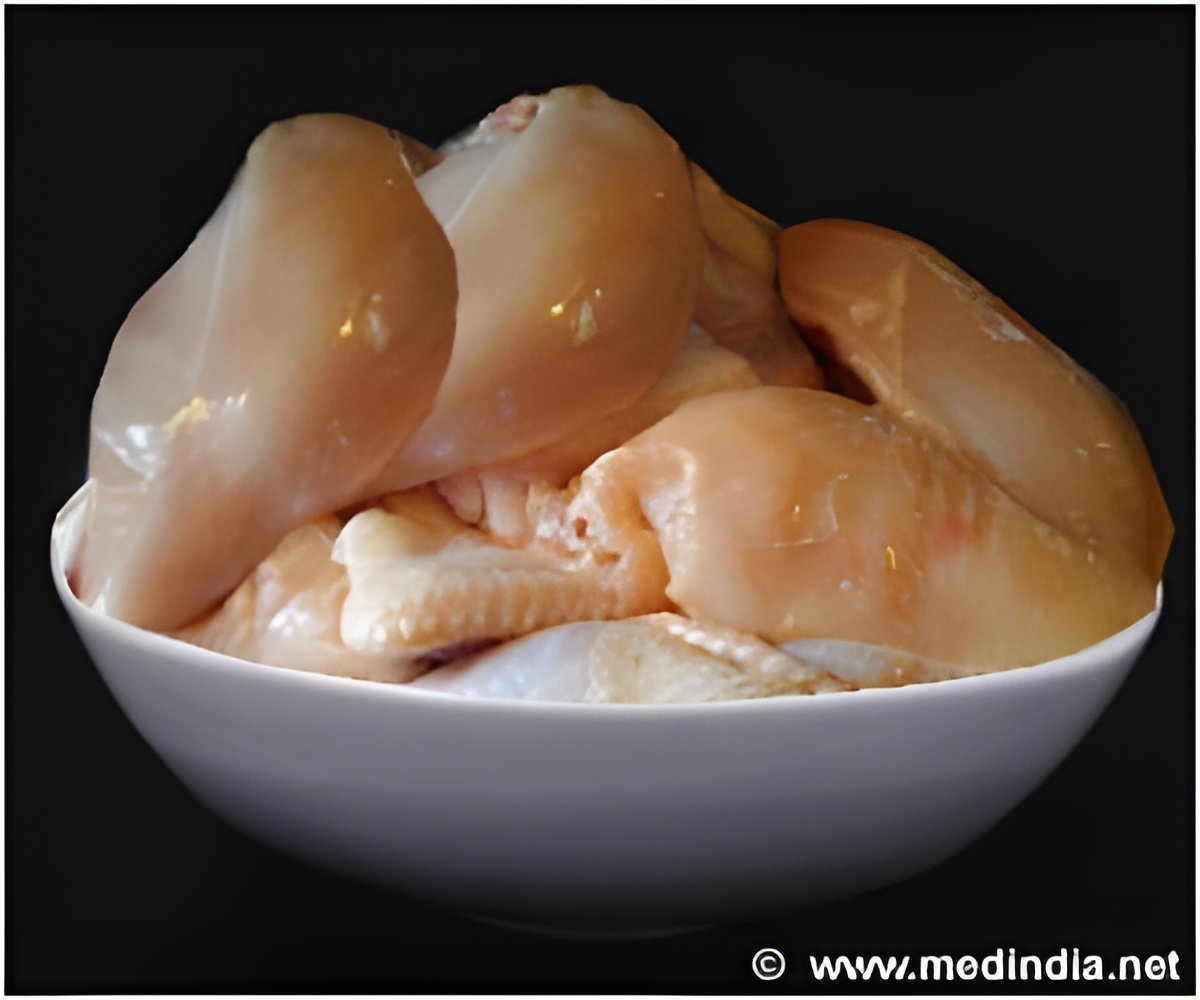
"While a high proportion of chicken contaminated by antibiotic resistant E.coli is a significant concern, robust food safety measures taken by hospital kitchen staff are able to prevent the spread of these pathogens and minimize risk to food handlers, staff and patients," said Andrew Stewardson, MD, the lead author of the study.
Researchers from the University Hospital of Geneva in Switzerland collaborated with the Food Control Authority of Geneva to test raw chicken delivered to the central hospital kitchen that prepares more than 8,000 meals daily. They compared the hospital samples to food in local supermarkets for the presence of ESBLs finding that most (86%) chicken meat samples were positive. E. coli is a normal part of healthy human gut flora but can also cause urinary tract infections and occasionally more serious invasive infections.
The researchers also looked at how food, as a potential source of multi-resistant bacteria, impacts the health of food handlers, healthcare workers and patients. They found six of 93 food handlers were ESBL carriers, but overall were no more likely to be colonized by ESBL-producing bacteria than the Swiss population.
The authors concluded that industrial risk management strategies in the hospital kitchen appear sufficient to minimize risk to food handlers, hospital staff and patients. However they caution that this conclusion may not apply to household kitchens, where food safety precautions are less rigidly applied.
Advertisement














